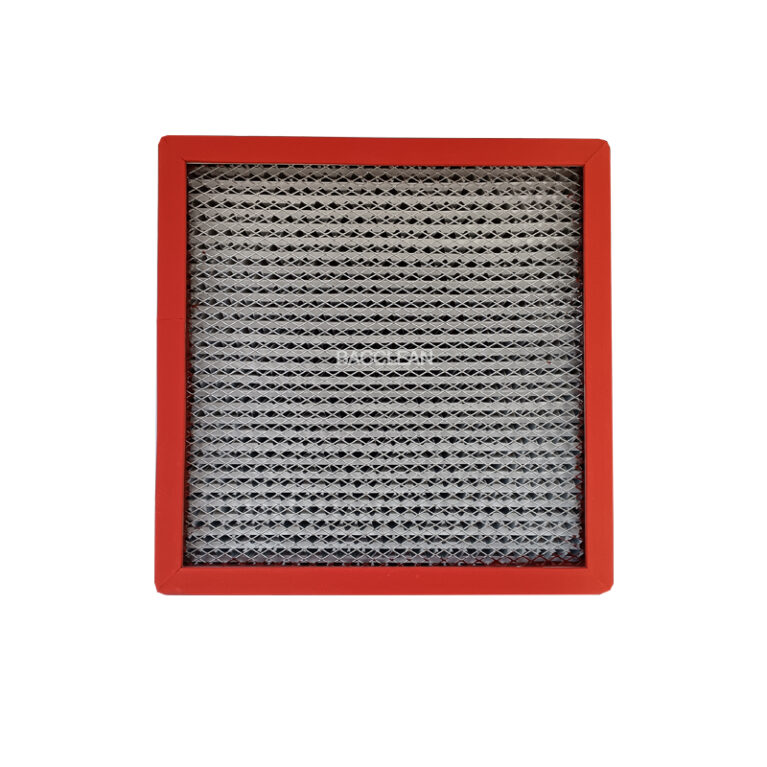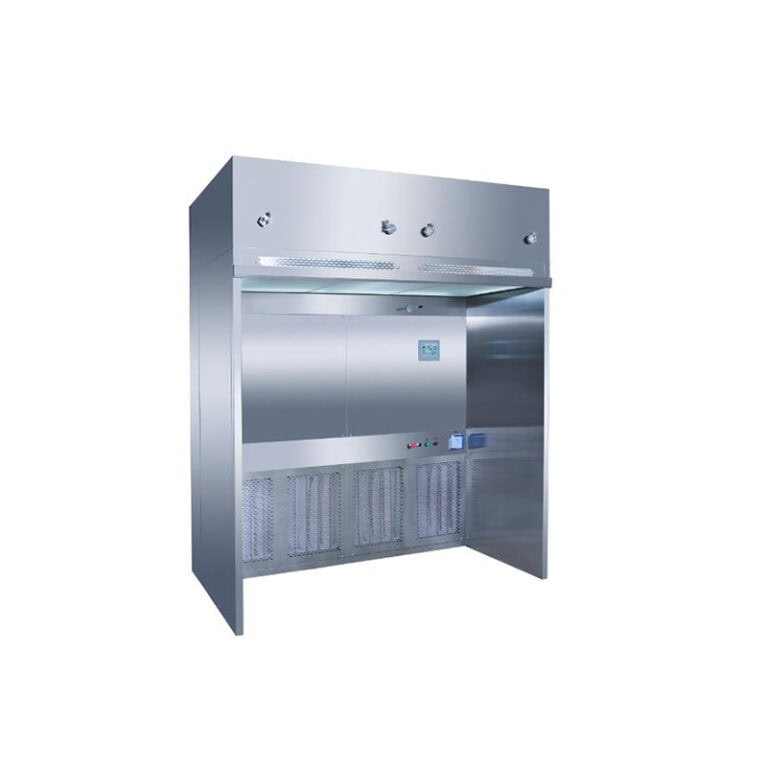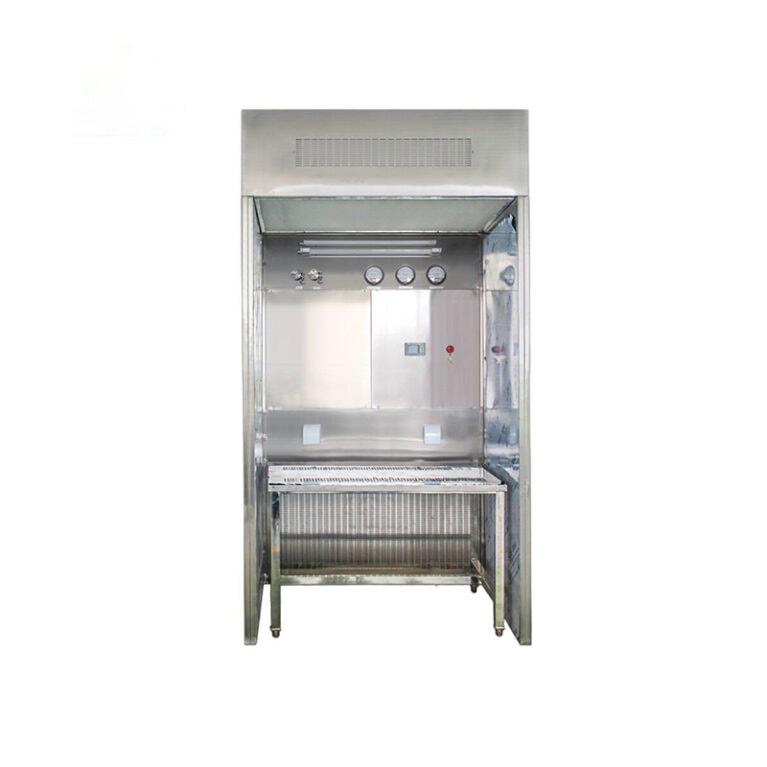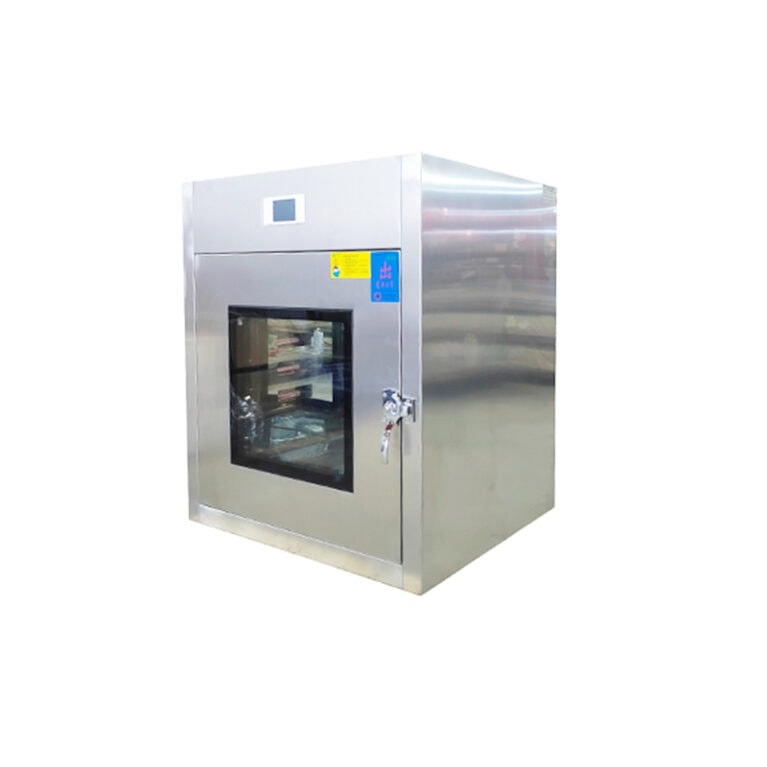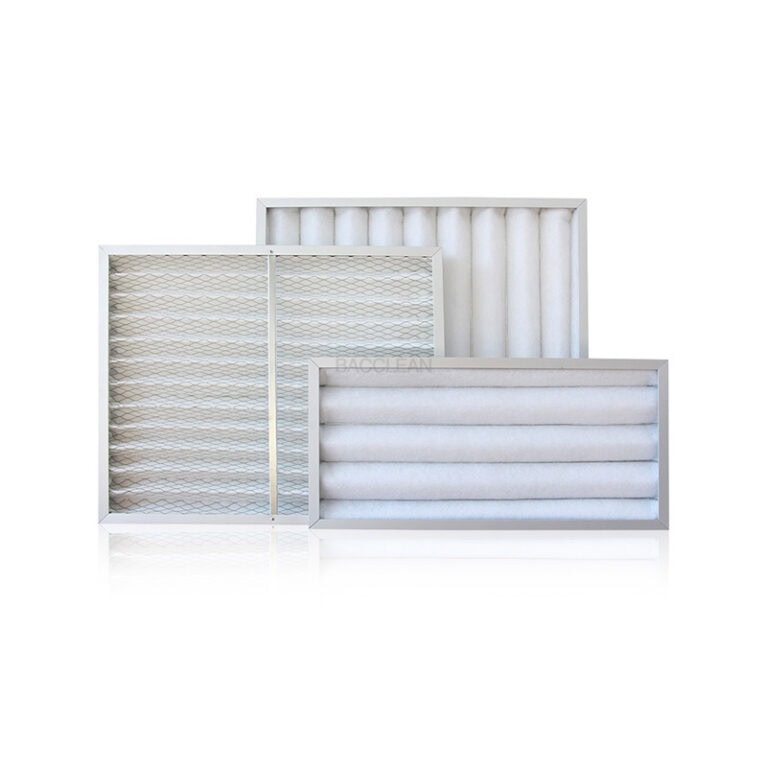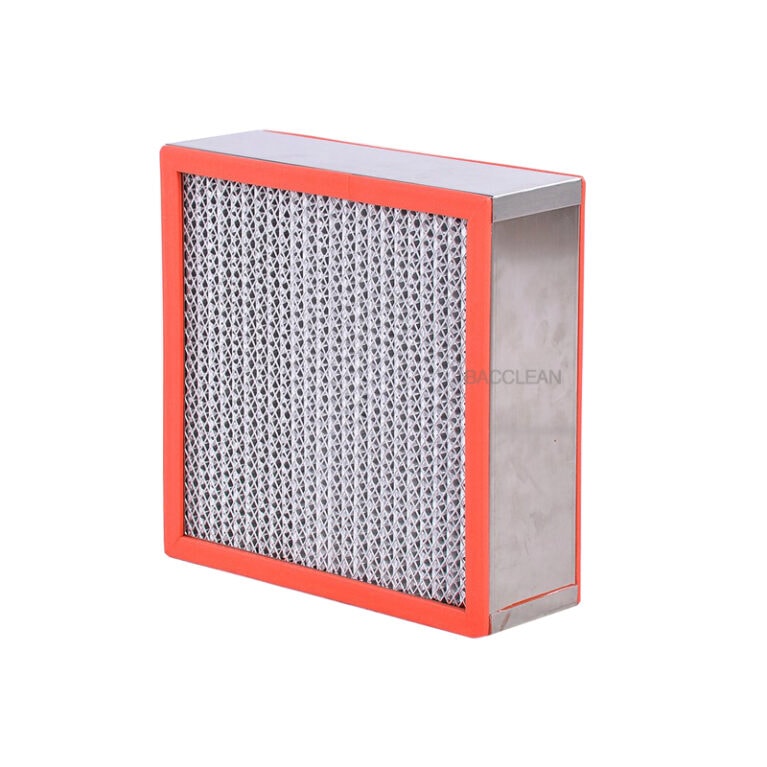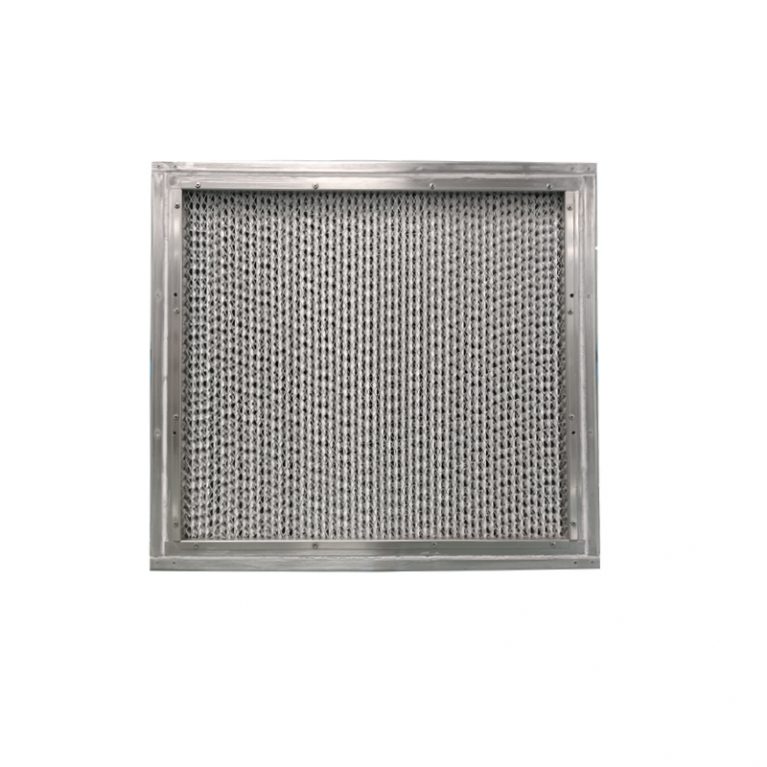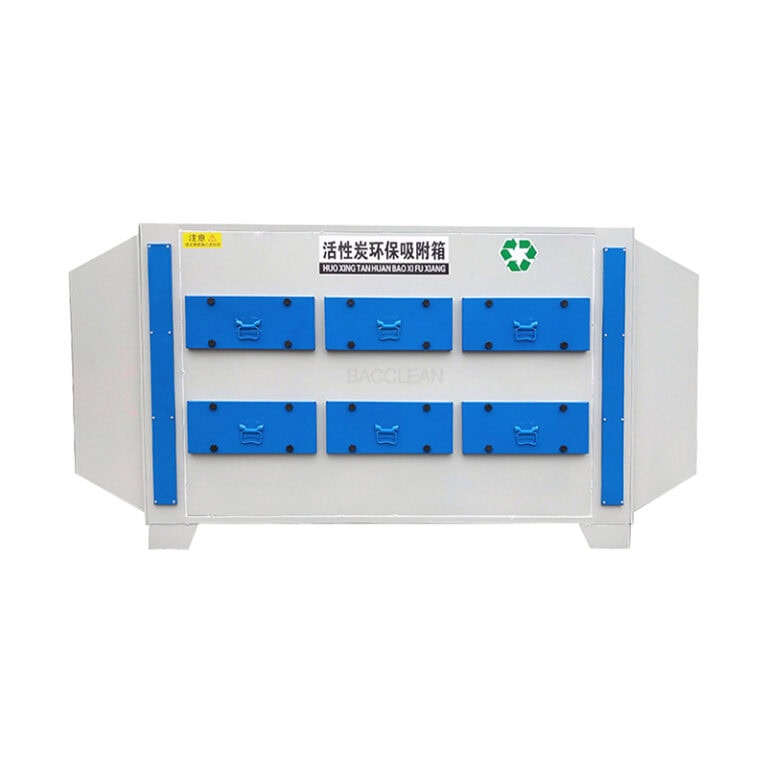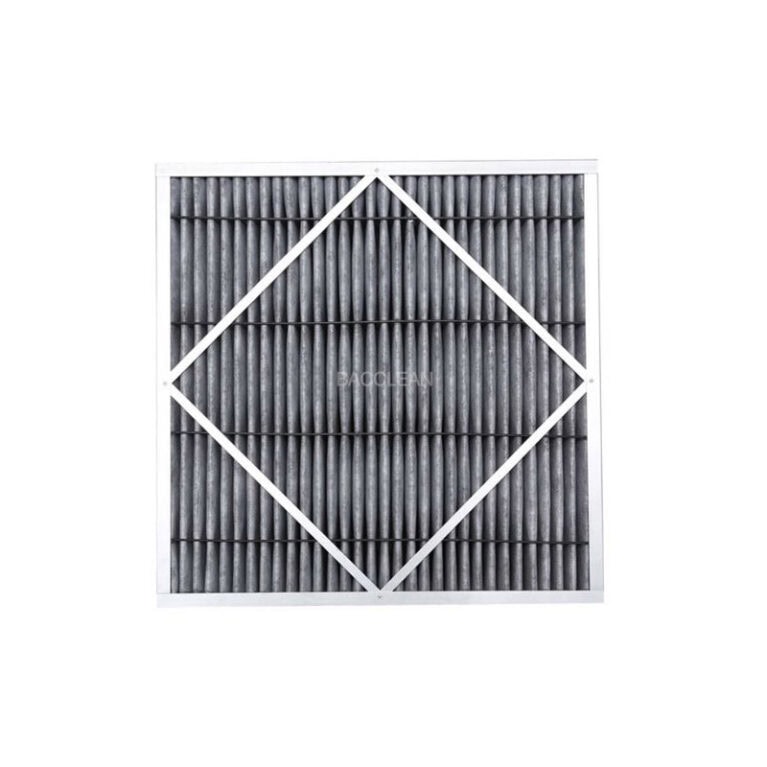High-temperature resistant filters are air purification devices that can maintain filtration efficiency and structural stability in high-temperature environments (typically withstanding temperatures of ≥150℃, and some special models can withstand temperatures above 300℃). Their filter materials are mostly made of high-temperature resistant materials such as glass fiber, ceramic fiber, and metal fiber, and the frames and sealing parts are also made of high-temperature resistant materials (such as stainless steel, silicone rubber, etc.). This type of filter is mainly applied in scenarios where there is high-temperature airflow and it is necessary to control particulate pollution. The following are its core application areas:
1. High-temperature production processes in industry
Metallurgy and Metal processing
During the processes of steelmaking, steel rolling, forging, etc., high-temperature flue gas or gas flow contains a large amount of metal dust and oxidation particles. High-temperature resistant filters can be used to purify the high-temperature gas discharged from furnaces and kilns, reduce wear on subsequent equipment (such as heat recovery devices), and at the same time lower air pollution.
The purification of circulating air in metal heat treatment workshops (such as annealing and quenching) prevents high-temperature dust from adhering to the surface of workpieces and affecting product quality.
Chemical engineering and energy production
Exhaust gas purification for high-temperature reaction vessels in coal chemical and petrochemical industries, filtering catalyst particles and unreacted raw material dust to prevent pipeline blockage or pollution of downstream equipment.
The flue gas treatment for biomass energy and waste incineration power generation involves filtering fly ash and carbon particles in the high-temperature section (200-300℃), which is combined with the subsequent desulfurization and denitrification systems to enhance the purification efficiency.
Glass and ceramic manufacturing
High-temperature exhaust gas purification for glass melting kilns and ceramic sintering kilns, filtering glass fiber debris and ceramic powder, protecting kiln fans and heat exchange equipment, and meeting environmental protection emission requirements at the same time.
2. High-temperature sterilization and cleanroom fields
High-temperature sterilization in the pharmaceutical and food industries
In the production of sterile drugs, for the purification of hot air in tunnel ovens (used for sterilizing and drying vials and ampoules), high-temperature resistant filters (typically capable of withstanding 250-350℃) are required to filter the heated air to prevent particulate contamination of the sterilized containers.
High-temperature air flow purification in food baking and canned food sterilization production lines to prevent dust and microorganisms in the air from contaminating the products at high temperatures.
High-temperature cleanroom
In the high-temperature forming workshop of aerospace materials (such as high-temperature alloys and composite materials), it is necessary to control the particles in the environment to ensure the performance of the materials. High-temperature filters can maintain a local clean environment.
The ventilation systems of certain high-temperature reaction chambers in the nuclear industry filter radioactive aerosol particles while withstanding the high temperatures in a radiation environment.
3. Engine and Power System
Gas turbines and internal combustion engines
High-temperature filtration of the gas turbine intake system prevents sand, dust and metal particles from entering the combustion chamber, reducing blade wear and failure (especially under high-temperature conditions, the filter needs to withstand an intake temperature of 150-200℃).
High-temperature exhaust purification for ship and locomotive engines, filtering incompletely combusted carbon particles to reduce exhaust pollution.
Aerospace engine testing
The high-temperature exhaust filter of the engine ground test stand processes the airflow containing high-temperature gas and metal particles, protecting the test equipment and the surrounding environment.
4. Environmental Protection and waste gas treatment
High-temperature flue gas dust removal
For the high-temperature section filtration of flue gas in waste incineration and hazardous waste treatment, high-temperature resistant filter materials (such as PTFE-coated glass fiber) are used to intercept smoke and dust, avoiding condensation and corrosion problems during low-temperature filtration.
High-temperature exhaust gas purification for industrial boilers (such as biomass boilers and coal-fired boilers) to reduce dust emissions and meet environmental protection standards (such as particulate matter emission concentration ≤10mg/m³).
Catalytic combustion equipment
In the VOCs (volatile organic compounds) catalytic combustion device, the gas after high-temperature purification needs to be further filtered through a high-temperature resistant filter to prevent the catalyst particles from falling off and being discharged into the atmosphere.
5. Research and special fields
Laboratory high-temperature experimental apparatus
The ventilation systems of high-temperature furnaces and tube furnaces in the materials science laboratory filter out high-temperature dust (such as nano-powders and metal oxides) generated during experiments, protecting the laboratory personnel and equipment.
Test chambers that simulate extreme environments (such as high-temperature and high-pressure environments) require high-temperature resistant filters to maintain the cleanliness of the air inside the chamber.
Nuclear industry
High-temperature gas flow filtration in the auxiliary system of nuclear reactors is used to intercept radioactive particles while withstanding the temperature rise and material aging caused by radiation.
الملخص
The core value of high-temperature resistant filters lies in their ability to balance filtration efficiency and structural stability in high-temperature environments. Their application scenarios all revolve around the dual demands of “high-temperature airflow + particle pollution control”, covering multiple fields such as industrial production, energy and environmental protection, pharmaceuticals and food, aerospace, etc. With the upgrading of industry and the increasing requirements for environmental protection, the demands for the temperature resistance grade (such as above 400℃), filtration accuracy (such as sub-high efficiency and high efficiency), and service life of high-temperature resistant filters are also constantly rising.
